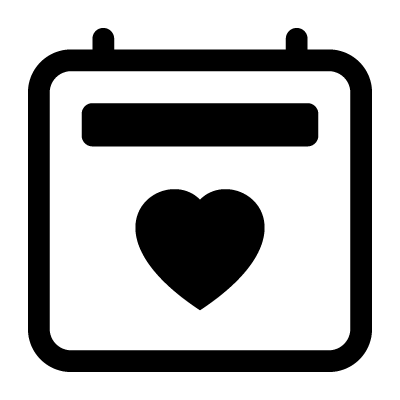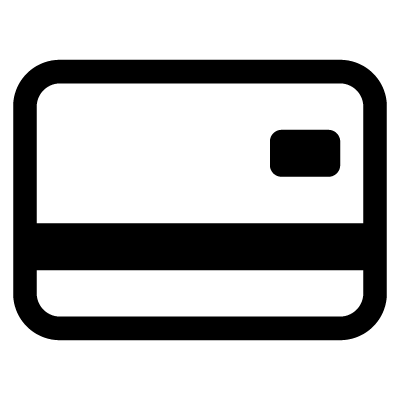The Beginner's Guide to Bits: What You Need to Know
Welcome to our blog post about The 30 Diamond Bits for beginners! You may have heard or already have The 30 Diamond Bits that come with the Customizer Engraving Pen but are not sure what they are or how to use them. Worry no more- we're here to help!
In this blog post, we'll explain what carbide bits are, their advantages and disadvantages, and how to choose the right ones for your projects. Whether you're a beginner or an experienced crafter, this information will help you get started and take your skills to the next level. So let's dive in and learn more about bits!
What are Diamond Carbide Bits?
Polycrystalline diamond, a.k.a Diamond Carbide, is a manufactured metal in a high-pressure, high-temperature laboratory process that fuses diamond particles onto a carbide substrate, which, in turn, allows the diamond to be brazed onto a tool body, a Bit, in this case.
Why do we use Diamond Carbide Bits?
Diamond core bits are drill bits that are welded with tiny particles of diamond, the toughest material known. As such, these diamond bits can engrave through the hardest of materials, including porcelain, ceramics, wood, leather, and even plastic.
Now let’s get to the real deal. What is what bit for?
First of all, let’s start with what’s in your hands right now

To understand a bit better -no pun intended- we’re going to group all the bits by their tips
|
The Pincel Tips
|
The Square Tips
|
|
The Ball Tips
|
The Pointy Tips
|
Once everything’s set, you need to understand that even if the bit can work on any material, some of them will work better on some surfaces than others.
Here’s How
The Ball tips are going to be your ride-or-die since they’re the best for writing, outlining, and working on glass.


When it’s precision, you need the Pencil tips which are the best ones for the job. With them, you can create seamless and precise shapes and shades on stone.

The pointy bits are the ones for creating small little dots on your wood project, but be careful! When using super hard materials like stone, they can dull or even break.

These are some of the bits’ basics you need to know, but we’ll like to invite you to go deeper and check our other posts about how to use every bit on different materials.
We hope you enjoyed our blog post about carbide bits for beginners! By now, you should have a good understanding of their useand how to choose the right bits for your projects. With the Diamond Bits and a little bit of knowledge, you can tackle any project with confidence and achieve professional-level results.
Happy engraving!
If you want to learn more, don’t miss our other blog posts.











16 comments
Thanks for the information on the bits my Granddaughter and I are sure enjoying the engraving pen ver easy to hold and very detailed pen!
The pointy bits are very handy for cleaning up the excess solder from the inside of bezels, allowing for the cabachons to be seated better.
I use my set to engrave on precious metal clay pieces I.e. my signature
More notes and tips regarding metal (specifically copper) use too, please!
Ik zou heel graag “the customizer V2, + 30bits” heben